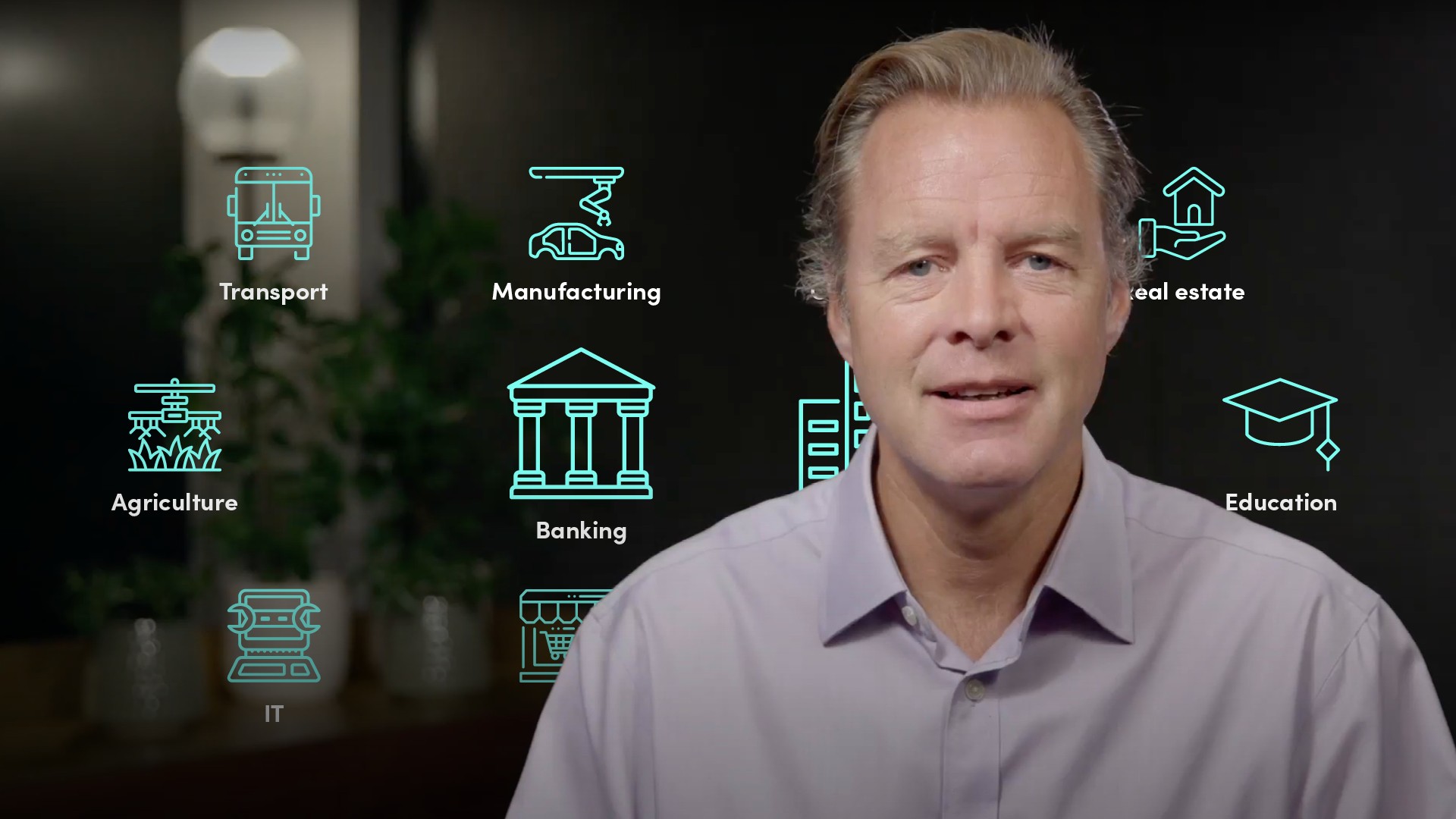
Insurance Capital and Liquidity

Ted Wainman
20 years: CA & educator
In this video Ted outlines how insurance companies are funded and how that capital is then regulated, including outlining key points of the Solvency II framework. Finally he outlines how insurance companies can prevent liquidity risk which could prevent it from paying out claims.
In this video Ted outlines how insurance companies are funded and how that capital is then regulated, including outlining key points of the Solvency II framework. Finally he outlines how insurance companies can prevent liquidity risk which could prevent it from paying out claims.
Subscribe to watch
Access this and all of the content on our platform by signing up for a 7-day free trial.

Insurance Capital and Liquidity
6 mins 8 secs
Key learning objectives:
Understand how insurance companies are funded
Understand the role of the regulators
Identify whether an insurance company faces liquidity risks
Overview:
Insurance companies use equity to fund their business – providing a ‘cushion’ to absorb any losses that might be incurred on contracts. Regulatory focus is therefore around solvency rather than liquidity. Insurance companies further manage their exposure to risk by taking out reinsurance contracts. Credit rating agencies provide an independent assessment of the strength of individual companies.
Subscribe to watch
Access this and all of the content on our platform by signing up for a 7-day free trial.
How are insurance companies funded?
Insurance companies are primarily funded through equity. This equity is invested alongside premium income to generate an investment return.
What is the role of the regulators?
Regulation is primarily concerned with the ‘continuity of balance sheet’ – ensuring that an insurance company has long-term viability (as often claims are paid out 20-30 years after the premiums have been collected).
Does an insurance company face liquidity risks?
An insurance company does face liquidity risks, although these are less pronounced than the solvency risks. Insurance companies are major providers of capital to the debt and equity markets. However, claims are generally paid out of the premiums collected so the investments can be made over a longer term.
Subscribe to watch
Access this and all of the content on our platform by signing up for a 7-day free trial.

Ted Wainman
There are no available Videos from "Ted Wainman"






















